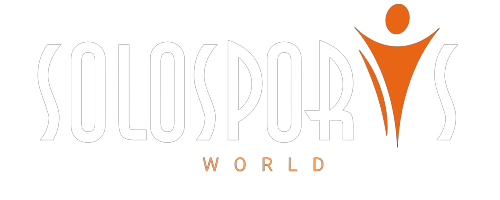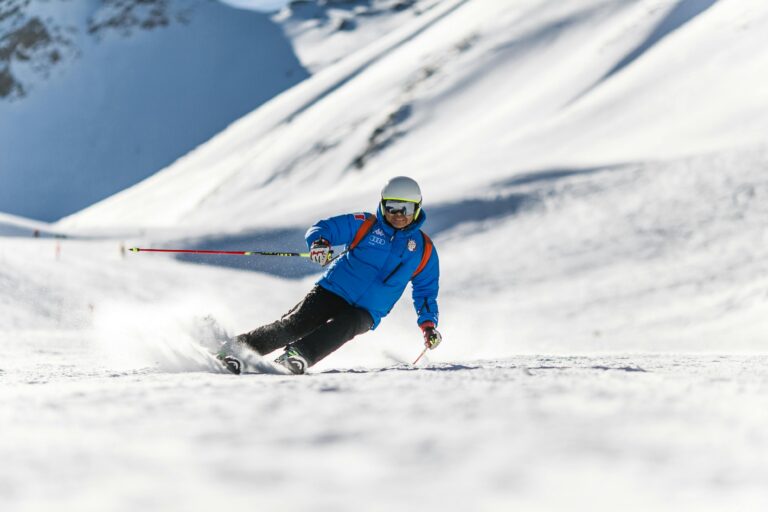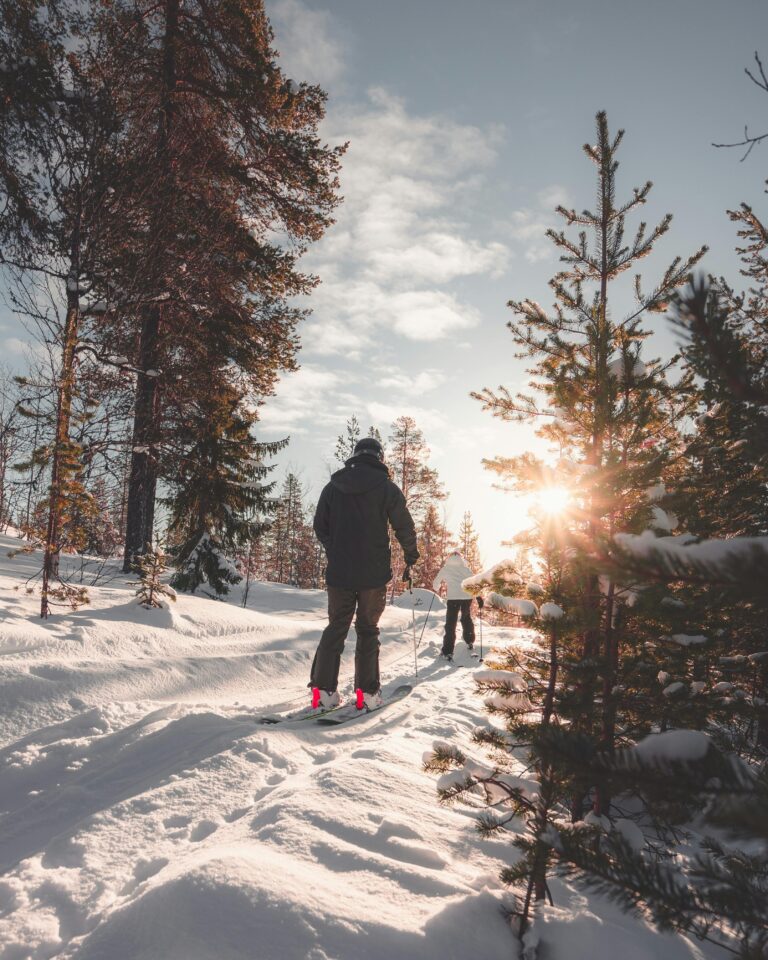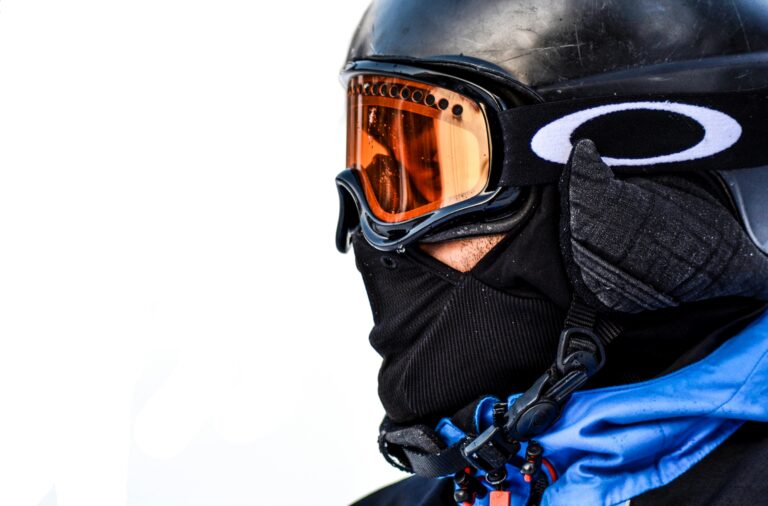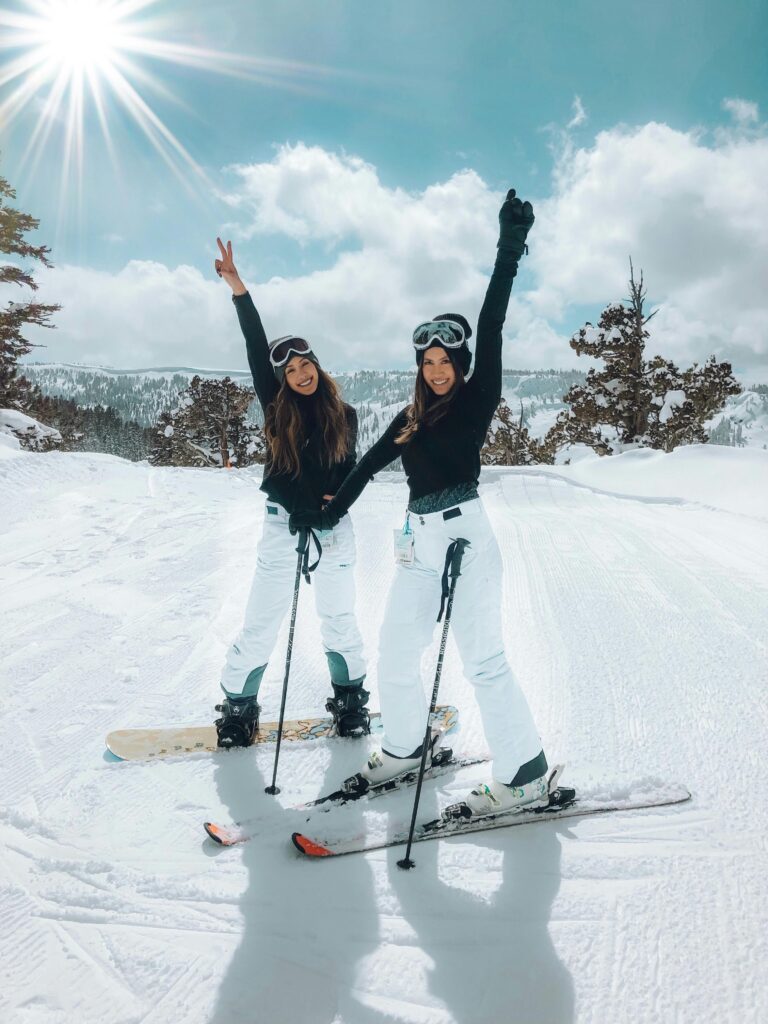Have you ever caught yourself daydreaming about cruising down snowy slopes, only to be stopped by the sticker shock of ski lessons? You’re definitely not alone. Skiing can be thrilling, but figuring out how much lessons cost and how many you’ll actually need can make the whole idea feel pretty overwhelming. I’m here to break it all down for you — from what lessons typically cost to how many you might want as a beginner so you can hit the slopes with confidence.
On average, ski lesson costs range from $50 to $200 per session, depending on factors like geographical location and lesson type. For instance, lessons in the U.S. generally fall between $75 and $150, while European lessons can range from €50 to €180. Private lessons typically carry a higher price tag compared to group sessions, which can significantly impact total costs, especially for families.
When you start thinking about ski lessons, the price tag often jumps out first. Costs vary a lot depending on where you’re skiing, what kind of lesson you want, and the instructor’s experience.
Breakdown of Pricing by Location
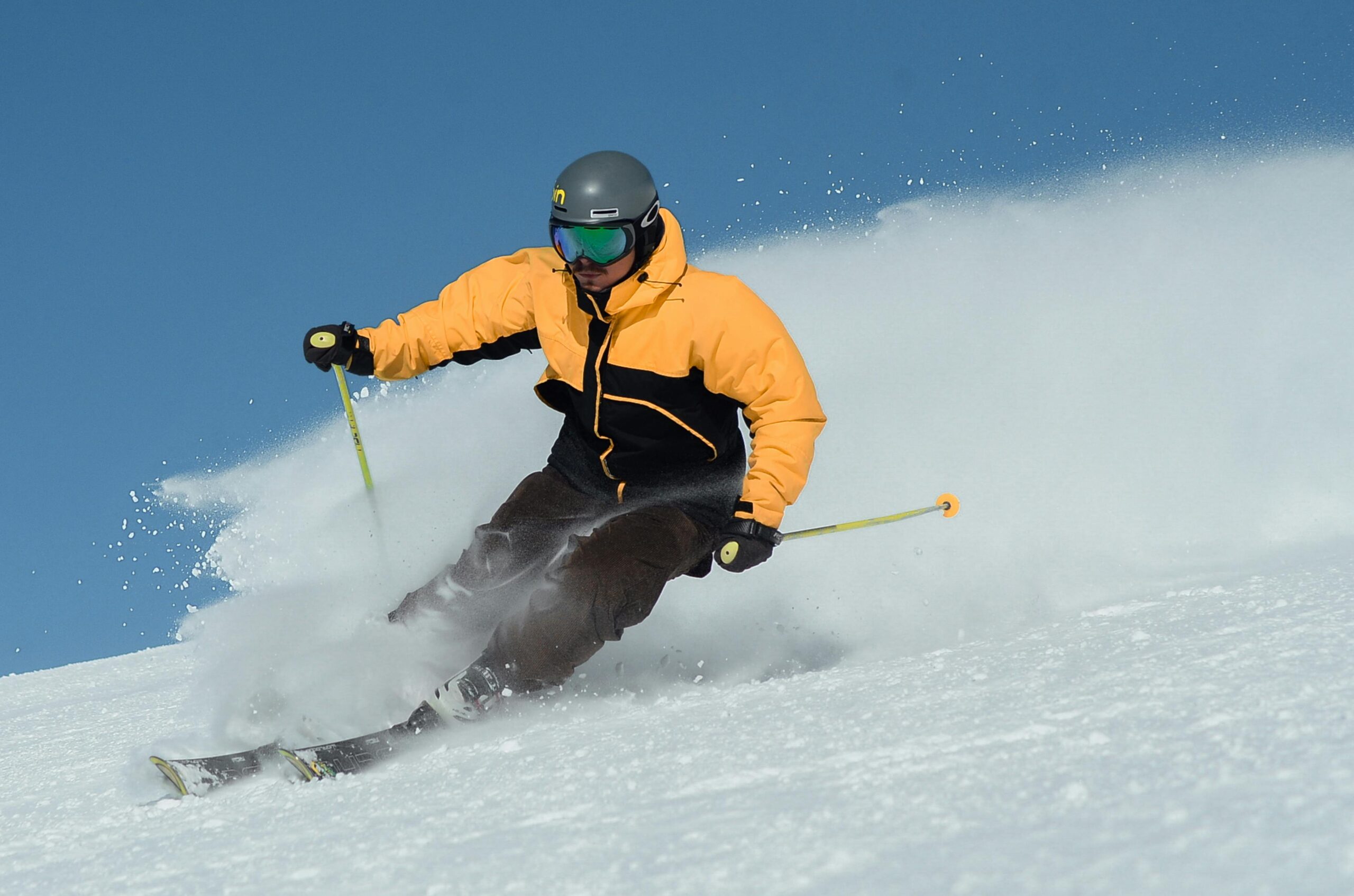
Here’s a quick glance at what lesson prices look like in different places:
| Region | Average Private Lesson Cost | Average Group Lesson Cost |
|---|---|---|
| United States | $150 – $300 | $75 – $150 |
| Canada | $100 – $250 | $50 – $100 |
| Europe | €100 – €200 | €50 – €150 |
| Japan | ¥15,000 – ¥20,000 | ¥7,000 – ¥12,000 |
| Switzerland | CHF 70 – CHF 120 | CHF 45 – CHF 70 |
In popular resorts like Aspen or Whistler, prices can spike because demand is high. It’s the usual “you pay more for the fancy stuff” situation.
And Of course, lessons aren’t the only expense you’ll need to think about. Between lift tickets, rentals, and travel, skiing can add up quickly — I’ve broken down the overall cost of a ski trip and also shared some secret recipes on skiing on a budget here so do check that out as well.
And as you can see prices vary a lot by destination, a ski resort cost comparison can give you a good idea of how much lessons might add on in different places + the extra costs so do check that out too.
Group vs. Private Lessons
Most folks start with group lessons because they’re easier on the wallet — especially if you’re bringing family or friends along. Plus, there’s something motivating about learning with others at your level.
On the flip side, private lessons give you the kind of focused attention that can speed up your progress. Prices for private instruction usually run from $150 to $300, while group sessions hover around $75 to $150.
If you want to get better fast or need some extra help on tricky moves, private lessons can be a game-changer. But if you’re just dipping your toes in for fun, group lessons are a solid choice.
Factors Affecting Lesson Costs
Here’s what tends to bump prices up or down:
- Duration: The longer your lesson, the more you’ll pay. Lessons usually run 1.5 to 3 hours.
- Instructor Qualifications: More experienced, certified pros charge more but can make a big difference in your learning.
- Location: Well-known ski hotspots usually cost more — supply and demand at work.
What are the differences between private and group ski lessons?
Private ski lessons provide one-on-one guidance, which is ideal for tailored feedback and swift learning. Conversely, group ski lessons focus on social engagement and tend to be more cost-effective, making them suitable for beginners or families. Those unsure of their skills or commitment might prefer starting in a group environment while progressing to private lessons as they become more comfortable on the slopes.
Choosing between private and group lessons comes down to how you like to learn and what goals you have in mind.
| Aspect | Group Ski Lessons | Rating (Group) | Private Ski Lessons | Rating (Private) |
|---|---|---|---|---|
| Cost | Affordable, shared pricing. | ⭐⭐⭐⭐⭐ | Expensive, premium rates. | ⭐⭐ |
| Instructor Attention | Divided among 6–12 students. | ⭐⭐ | 100% focused on you. | ⭐⭐⭐⭐⭐ |
| Learning Pace | Set by group average. | ⭐⭐ | Fully customized. | ⭐⭐⭐⭐⭐ |
| Social Experience | Fun, social, motivating. | ⭐⭐⭐⭐ | More personal, less social. | ⭐⭐ |
| Confidence Building | Can be intimidating in groups. | ⭐⭐⭐ | Safe, private, encouraging. | ⭐⭐⭐⭐⭐ |
| Suitability by Skill Level | Best for beginners. | ⭐⭐⭐⭐ (for beginners) ⭐⭐ (for advanced) | Great for all levels. | ⭐⭐⭐⭐⭐ |
| Progress Speed | Slower, group coordination required. | ⭐⭐ | Much faster, tailored to you. | ⭐⭐⭐⭐⭐ |
| Structure & Curriculum | Pre-set program, less flexible. | ⭐⭐⭐ | Adapted to your exact goals. | ⭐⭐⭐⭐⭐ |
| Motivation & Energy | High group energy, peer drive. | ⭐⭐⭐⭐ | Depends on you + instructor. | ⭐⭐⭐ |
| Safety | Less direct supervision, more risk. | ⭐⭐⭐ | High supervision, safer. | ⭐⭐⭐⭐⭐ |
| Age Suitability | Great for kids/teens, less for small children. | ⭐⭐⭐⭐ | Best for young kids, nervous learners, adults with goals. | ⭐⭐⭐⭐⭐ |
| Scheduling Flexibility | Fixed times, less control. | ⭐⭐ | Fully flexible schedule. | ⭐⭐⭐⭐⭐ |
| Value for Money | High value for beginners. | ⭐⭐⭐⭐ | High value for serious learners. | ⭐⭐⭐⭐ |
| Typical Group Size | 6–12 (sometimes 15). | ⭐⭐⭐ | 1 (private) or 2–3 (semi-private). | ⭐⭐⭐⭐⭐ |
| Best For | Budget skiers, social learners, kids. | ⭐⭐⭐⭐ | Fast learners, advanced skiers, families, nervous beginners. | ⭐⭐⭐⭐⭐ |
Average Rating
Private Ski Lessons → 4.6 / 5 stars
Group Ski Lessons → 3.3 / 5 stars
Benefits of Private Lessons
- Tailored Instruction: Your instructor zeroes in on exactly what you need to work on. If you’re nervous or want to try a tougher move, they’ll guide you.
- Flexible Scheduling: You get to pick times that fit your plans.
- Fast-Track Learning: Personalized attention often means quicker progress.
Advantages of Group Lessons
- Cost-Effective: Less expensive, especially great if you’re with a crew.
- Social Learning: A bit of friendly competition and encouragement can keep you motivated.
- Diverse Skill Levels: Watching others can show you cool tips you might not have thought of.
Families often find group lessons for kids a fun way to get everyone started, then private lessons help once the basics land.
Key Takeaways
Group lessons work best for people who thrive on shared energy and peer motivation, like outgoing beginners, kids who learn better when they see others trying, or adults who don’t mind a slower pace if it means a fun social setting. They’re also a good fit if you’re not in a rush to master skiing and just want to enjoy learning casually.
Private lessons, on the other hand, are ideal for skiers who are goal-driven, detail-focused, or time-constrained. If you only have a few days on the slopes and want to make the most of them, if you’re stuck on a specific skill (like parallel turns or moguls), or if you feel anxious in groups and need steady reassurance; one-on-one coaching gives you the exact push you need.
And for anyone renting instead of buying, ski equipment rental prices are another factor to keep in mind while calculating your ski budget.
How many ski lessons do you need for effective learning?
For beginners, taking 3 to 5 lessons can create a solid foundation for ski skills development. Depending on individual progress and comfort levels, some may find they need more lessons or benefit from shorter ones to solidify their understanding. Those more experienced might require fewer sessions to polish specific techniques or advance to higher skill levels.
How many you need really depends on your comfort level, fitness, and how much you practice in between.
Beginner Recommendations
- 3 to 5 Lessons: This amount usually gives beginners the basics without overloading you.
- Post-Lesson Practice: Getting on the slopes on your own time after lessons helps lock in skills.
Learning Style Considerations
Some people pick up skiing fast — maybe because they’re already athletic. Others take a bit longer, and that’s totally fine. The key is consistency: practice between lessons counts just as much as the lesson itself.
What factors influence ski lesson pricing?
Several factors influence ski lesson pricing including lesson duration, instructor experience, location, and demand during peak seasons or holidays. Understanding these factors can help you assess the value of each lesson and whether you’re being offered a competitive rate.
Duration of Lessons
Longer lessons mean bigger bills, but rushing through can leave you struggling. Most schools offer 1.5 to 2.5-hour sessions, which usually hit the sweet spot.
Instructor Qualifications and Experience Levels
Certified pros with years of experience typically cost more. They’re worth it if you want someone who knows how to teach and troubleshoot skill gaps effectively.
Location and Resort Differences
Top-tier resorts come with a premium price tag. Skiing at Vail or similar spots will usually be pricier than smaller hills nearby. It’s the trade-off for the atmosphere and amenities.
When is the best time to book ski lessons?
Booking ski lessons during off-peak times generally yields the best rates and availability. Additionally, early bookings and promotional discounts during the booking process can significantly lower costs, especially during holidays or summer months when ski schools promote early reservations.
Early Booking Advantages
If you plan ahead and book early — especially during the off-season — you can snag discounts and better lesson slots.
Insights from YouTube
Watching ski pros or beginners share tips on YouTube can be surprisingly helpful. Off-peak times mean fewer people and more attention from your instructor. One great video highlights how weekday lessons often offer a more personalized experience.
Last-Minute Considerations
Waiting till the last minute might seem flexible, but it usually means higher prices and fewer options. If you want to avoid the stress and secure a good spot, it pays to plan early.
What should beginners expect from their first ski lesson?
Beginners can expect their first ski lesson to include equipment fittings, a safety briefing, and an introduction to basic techniques such as stopping and turning. The lesson typically begins with a gentle warm-up to instill confidence and familiarize students with the gear.
Lesson Framework
- Introduction: Your instructor will go over safety and check your gear.
- Gear Fitting: You’ll get boots, skis, and poles that fit just right.
- Skills Overview: Basic moves like snowplow stops and gentle turns come first.
- Practice: You’ll take it slow on beginner slopes, building confidence step-by-step.
Safety Measures
Good instructors go at your pace and are always checking in to keep you comfortable and safe.
Community Insights
One beginner shared, “I was nervous, but my instructor’s patience helped me ski the bunny slope by the end.” That kind of encouragement can make all the difference when you’re starting out.
And if you want a visual guide, check out this beginner-friendly YouTube series:
Alternatives to Ski Lessons & Their Cost Comparison
If you don’t want to pay for traditional ski school, there are a few ways people try to learn. Some can work; but each comes with its own trade-offs in terms of progress, safety, and overall experience.
| Alternative | What It Really Looks Like | Typical Cost | Why It Works | Where It Falls Short |
|---|---|---|---|---|
| Self-Teaching with YouTube/Online Tutorials | Watch a few “how to ski” videos, then try copying on the bunny slope. | Free | Tons of content, and you can re-watch until it clicks. | No one’s there to fix your stance. You’ll likely ingrain bad habits that are brutal to unlearn later. |
| Friends or Family Teaching You | Your buddy promises he’ll “get you carving by lunch.” | Free (minus lift pass/gear) | Comfortable, social, and free — you’ll laugh a lot. | Unless your friend is an actual instructor, this usually ends in frustration (or a fall). |
| Ski Apps / Virtual Coaching | You can film yourself skiing and get feedback remotely, or use AI-based tracking apps that analyze your technique. One of the better-known options right now is GetCarv, which provides real-time audio tips and post-run analysis so you can check that out. | $0–$30/month for apps, $50–$150/session for real coaches. | Surprisingly good for intermediate skiers who already know the basics. | Not much help if you can’t even stop confidently on the slopes yet. |
| Dry Slopes & Indoor Ski Domes | Artificial slopes or indoor snow (common in Europe/Asia). | $20–$60/hour | Great for repetition in a controlled space, year-round practice. | It’s not the same as a mountain — snow texture, terrain, and weather matter. |
| Ski Clubs & Meetups | Local clubs organize trips and often pair you with experienced skiers. | $50–$300/year membership | Cheap way to learn socially, plus group discounts on passes/trips. | Depends on who you get paired with — not structured instruction. |
| Instructional Books/DVDs | Old-school, step-by-step guides. | $10–$50 | Good if you like studying before trying. | Zero feedback, often outdated compared to modern techniques. |
| Trial & Error (Pure DIY) | Rent skis, head to the hill, figure it out yourself. | Free (minus lift pass + rentals) | Full independence, some people love the challenge. | The slowest way to learn, and the easiest way to injure yourself. |
If you ask me, I believe traditional ski lessons still remain the best; you can combine it with some youtube to maximize your learnings, if the costs are a major concern for you, you can try youtube or just find a friend who’s a good skier combined with a lot of diy learnings.
Common misconceptions about ski lessons
Numerous misconceptions surround ski lessons, such as the idea that one lesson is sufficient for mastering skiing skills, or that skiing is easy and requires little instruction. Learning to ski necessitates time and commitment, and a good foundation often demands multiple lessons to build upon.
Misguided Assumptions
- “Skiing is easy!” Learning to ski well takes work — it’s not just sliding down a hill.
- “One lesson is enough!” It takes time to really get comfortable and improve.
Encouragement for Consistency
Regular lessons help you lock in skills and build confidence. Skiing solo can leave gaps you don’t even notice.
Testimonials and success stories from skiing lessons
Many learners have benefitted from taking ski lessons. Testimonials often highlight the progress made, both physically and emotionally, as learners overcome challenges to embrace the thrill of skiing.
Anecdotes
One beginner said, “I was terrified at first, but after a few sessions, I was tackling small hills with confidence.” These moments of growth are what make lessons worth it.
The Value of Tailored Instruction
Lessons that focus on your specific challenges help you improve faster and enjoy skiing more. Personalized coaching makes a huge difference emotionally and skill-wise.
On YouTube, you’ll find plenty of stories where people share how consistent practice paired with skilled instructors pushed them to new levels. It’s inspiring and a real reminder that skiing is a journey.
Frequently Asked Questions (FAQ)
Can children learn to ski?
Yes, children can start learning to ski as young as 3 or 4 years old, depending on their physical readiness. Ski schools often offer specific programs tailored for younger learners to ensure safety and enjoyment on the slopes.
Are ski lessons worth the investment?
Absolutely, ski lessons significantly enhance learning curves, making the experience safer and more enjoyable. Professional instructors provide essential tips and techniques, ensuring students develop strong foundational skills while maximizing their time on the slopes.
How long are typical ski lessons?
Typical ski lessons last between 1.5 to 2.5 hours. This duration provides students with adequate time to learn, practice skills, and receive feedback from instructors, ensuring effective learning without causing fatigue.
What’s included in a ski lesson?
A ski lesson generally includes gear rental (if specified), safety briefings, skills development, and sometimes group interaction. Private lessons may offer personalized instruction focusing on specific techniques or challenges the learner wants to address.
